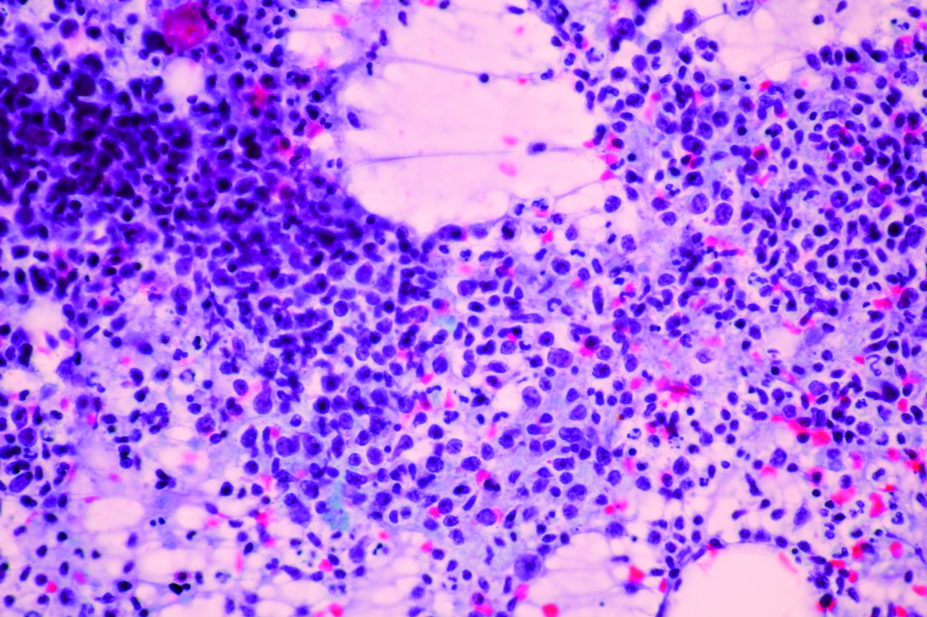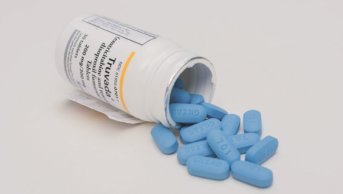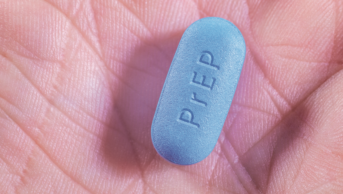
Shutterstock.com
An enhanced package of antimicrobial drugs given to HIV-infected adults and children with severe immunosuppression (CD4+ count of <100 cells per cubic millimetre) reduces death rates by more than 25%, compared with standard prophylaxis, according to researchers at University College London who conducted the Reduction of EArly mortaLITY in HIV-infected adults and children starting antiretroviral therapy (REALITY) randomised controlled trial[1]
.
Approximately 10% of individuals with severe immunosuppression die within the first three months after initiation with an antiretroviral treatment, with causes of death ranging from severe bacterial infection, tuberculosis and cryptococcal infection.
The package of drugs administered during the REALITY trial consisted of a single dose of the anti-worm medicine albendazole; five days of the antibiotic azithromycin; 12 weeks of the anti-fungal drug fluconazole; and 12 weeks of a fixed-dose combination of the antibiotics co-trimoxazole and isoniazid, and pyridoxine (vitamin B6).
In the trial, a total of 1,805 patients (1,733 adults and 72 children), who were just starting antiretroviral therapy, were randomised to receive either the enhanced prophylaxis or standard prophylaxis for 48 weeks. The median baseline CD4+ count of the participants was 37 cells per cubic millimetre.
At 24 weeks, just under 9% of participants in the enhanced group had died, compared with 12.2% in the standard group (8.9% vs. 108 [12.2%]; hazard ratio, 0.73; 95% confidence interval [CI] 0.55 to 0.98; P=0.03). After 48 weeks, 11% of the enhanced group had died compared with 14.4% in the standard group. The most common primary cause of death was infection but most were multifactorial.
In addition, patients in the enhanced group had significantly lower rates of tuberculosis, cryptococcal infection, oral or oesophageal candidiasis and new hospitalisation. However, there was no statistically significant between-group difference in the rate of severe bacterial infection.
Significant and exciting
Sharon Jay, co-chair of the HIV Pharmacy Association, describes the REALITY trial as “significant” and “exciting” and that the inclusion of children, an often overlooked group, was “very positive”.
“One of the key benefits of the trial was the use of a fixed-dose combination of co-trimoxazole, isoniazid and pyridoxine as a scored once-daily tablet, which meant just one extra pill for patients for most of the study,” she explains.
“The additional pill burden did not adversely affect viral load suppression which was the same in both groups and most participants found the extra medications to be easy or very easy to take.”
However, she adds that despite the significant reduction in mortality rates, the death rate for the intervention arm compared with the standard care arm was still “unacceptably high”.
“Ultimately barriers to presentation, diagnosis, and linkage to HIV care remain major challenges that require attention if the population-level benefits of ART are to be maximised,” she adds.
The researchers concluded that the relatively inexpensive package of drugs had high levels of adherence, despite being given alongside ART, and an acceptable side-effect profile. Also, as it relies only on screening for clinical symptoms and testing of CD4+ counts to identify asymptomatic patients with advanced HIV infection, it would be easy to implement at primary health centres with limited access to laboratory investigations.
The study, which was funded by the Medical Research Council, was presented at the 9th International AIDs Society Conference in Paris where the World Health Organization (WHO) also launched new guidelines for managing advanced HIV disease and rapid initiation of antiretroviral therapy based on the findings of the REALITY trial and another trial, called REMSTART.
The new guidelines strongly recommend a package of interventions to reduce mortality and morbidity among individuals with HIV who present or re-present for treatment and care with advanced disease (CD4+ count of <200 cells per cubic millimetre).
According to the WHO, the package recommended includes medicines to prevent TB (isoniazid), fungal infections (fluconazole when screening test is positive), and worms (albendazole) but does not include azithromycin as the WHO guideline group were unable to determine its independent effect on death and illness, weighed against the concern of antimicrobial resistance.
References
[1] Hakim J, Muslime V, Szubert, A et al. Enhanced prophylaxis plus antiretroviral therapy for advanced HIV infection in Africa. N Engl J Med 2017;377:233–245. doi: 10.1056/NEJMoa1615822


